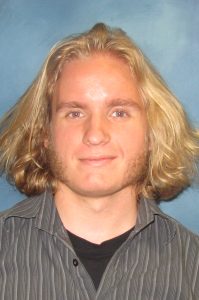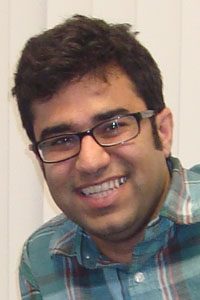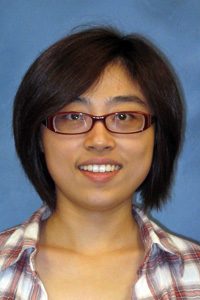
Hybrid Integrated Photonic Platforms and Devices
The field of integrated optics has seen vast growth since its beginnings decades ago. The promise of mass-manufacturable, compact, and reliable systems has driven much of this growth. The use of silicon as an optical platform has been established for several decades, the silicon-on-insulator (SOI) platform being the most popular. For the pursuit of integrated photonics in the mid-infrared (3-8 μm), however, the SOI platform is inadequate due to the oxide-induced absorption and the poor performance of free carrier modulation in this regime. Motivated by these shortfalls, I conceived of and developed solutions to these problems, in the form of two new platforms. The first is the all-silicon-optical-platform (ASOP) which offers ultra-broad optical transparency from 1.2 to 8.5 μm. The second is silicon-on-lithium niobate (SiLN), the first silicon-based mid-infrared compatible platform to exhibit second-order nonlinearity. I will present the results of recently demonstated mid-infrared optical modulators built on SiLN technology.
Jeff Chiles is a PhD student in Dr. Fathpour’s Integrated Photonics and Energy Solutions (IPES) Laboratory. His research focuses on mid-infrared integrated photonic devices, platforms and fabrication techniques. He is the first author of two journal articles, has co-authored 6 additional journal articles, and has presented his work at OFC, CLEO, and the IEEE Photonics Society Summer Topicals 2014, where he won second-place in the student poster presentation competition. He is a recipient of the Trustees Doctoral Fellowship of UCF.
Runners-up

Discrete Symmetries in Optics
The concepts of symmetry and symmetry breaking play a crucial role in physics. Discrete symmetries like that of charge-parity-time and of supersymmetry are central elements in formulating the fundamental laws of modern physics. By respecting the underlying analogies between the mathematical formalism of quantum mechanics and that of classical electrodynamics, we show that optics can provide a fertile ground for studying, observing, and fruitfully utilizing two fundamental symmetries that are currently out of reach in other areas of physics; parity-time symmetry (PT) and supersymmetry (SUSY).
We show that non-Hermitian PT-symmetric structures can exhibit peculiar properties which do not have a counterpart what so ever in traditional Hermitian systems. Such arrangements can therefore be used as a new generation of optical devices with novel properties and functionalities. In particular, we show that selective PT-symmetry-breaking, offers a versatile method for achieving single mode operation in laser cavities. Along different lines, we introduce the concept of supersymmetric optics. Optical SUSY demands that any optical structure can be paired with a superpartner with similar electromagnetic properties. This interesting property can be utilized to design new types of mode filters and mode multiplexers.
Mohammad-Ali Miri obtained his B.Sc. and M.Sc. degrees from Shiraz University and Sharif University of Technology, both in Electrical Engineering, in 2008 and 2010 respectively. He subsequently joined CREOL, the College of Optics and Photonics at the University of Central Florida as a Ph.D. student. Since then, he has worked on general areas of non-Hermitian physics, nonlinear optics and periodic structures, under the supervision of Prof. Demetrios Christodoulides. In particular, he has made contributions to the development of the newly emerging field of PT-symmetric optics. He has authored and coauthored over 50 publications in peer-reviewed journals and conferences.

Space-Division Multiplexed Transmission and Networking
Due to emerging data-hungry Internet services, demand for telecommunication bandwidth is expected to grow at an exponential rate in the next decade. We are on the verge of exhausting the fundamental capacity limit of single-mode fibers used for today’s optical networks. Space-division multiplexing (SDM) is perceived to be the only way to dramatically improve communication capacity. In SDM, a single fiber supports many spatial modes and each of them will be used to carry independent data. To maximize SDM capacity, fiber mode density per unit cross-sectional area is desirable. Low crosstalk or low modal group delay (MGD) between spatial modes can avoid the high complexity in digital signal processing. In this talk, I will present fiber designs to address the problems as well as the first demonstration of using SDM for commercial passive optical networks.
Cen Xia received her B.S. degree (2009) in optical engineering from Zhejiang University, China, and is in pursuit of her Ph.D. degree in CREOL, Univ. of Central Florida. Her research interests include fiber design and characterization for space-division multiplexing. She has published 14 journal and conference papers (including 10 first-author papers) and received the best student paper award (first prize) at the 2014 Asia Communications and Photonics Conference